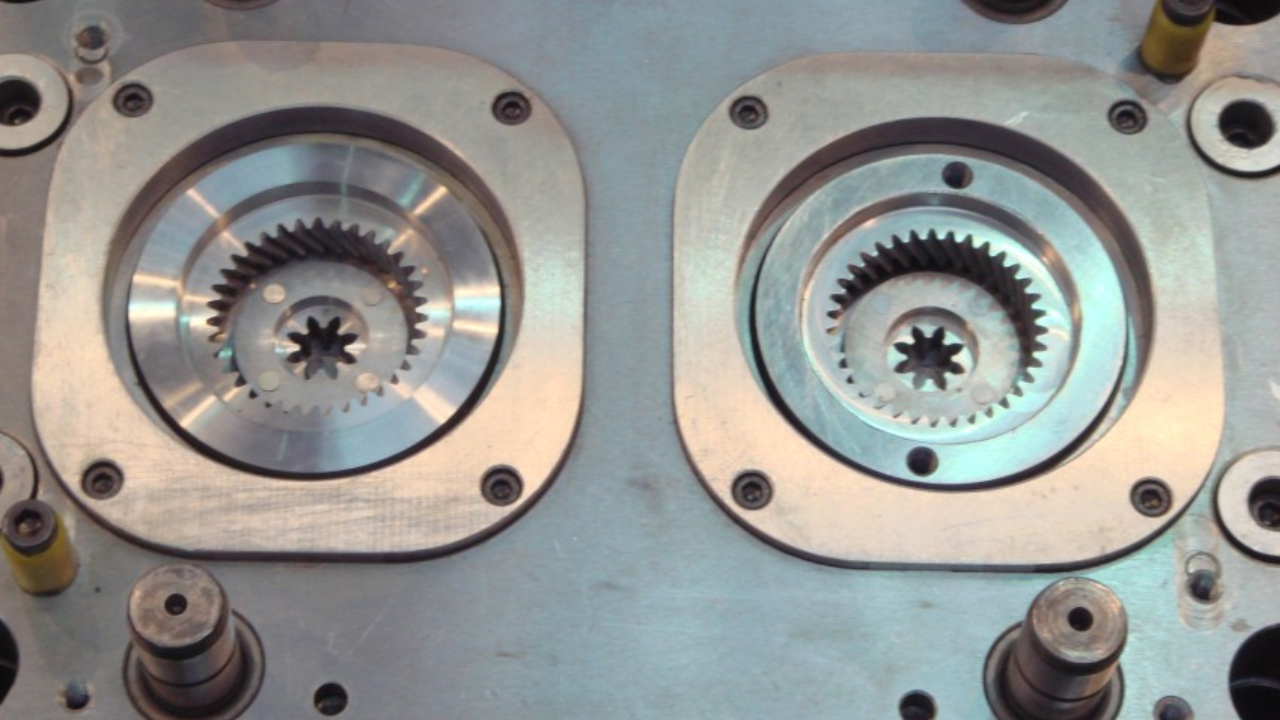Inside the realm of manufacturing, wherein precision meets artistry, mold-making stands as an essential craft. At the center of many manufacturing strategies, mold making is a meticulous artwork that includes growing the tricky templates used to form a diffusion of substances, from plastics to metals.
Mold designs are the blueprint for precision engineering in the complex world of manufacturing. These detailed blueprints, similar to a work of art created by an artist, serve as the basis for the realization of things. Mold designs are crucial in determining how manufacturing will develop in the future, whether they are used to create complex metal parts, plastic components, or other materials.
A mold design is essentially a comprehensive collection of guidelines that direct the creation of molds utilized in several manufacturing processes. Everything from the mold’s dimensions and form to its finer points, like cooling channels and ejector systems, is covered in these instructions. Mold designs are customized to meet the unique needs of the product being produced, guaranteeing accurate and reliable results. You can visit supplier website to get details about mold manufacturing.
Strategies in Mold Making
Mold designs will change as technology develops, stretching the limits of what is feasible in manufacturing. The production industry’s future looks more hopeful with each new design, highlighting the fact that in the manufacturing industry, a product’s mold design is the first step toward achieving perfection.
At its essence, mold-making is the system of creating a mold, a hollow shape that replicates the form of a desired item. These molds serve as the templates for generating limitless equal items. The precision and intricacy of mold-making immediately influence the exceptional consistency of the final products, making it an essential step in manufacturing.
Pattern Creation
The technique regularly begins with the introduction of a pattern, a reproduction of the final product. Skilled artisans or superior computer numerical control (CNC) machines can carve styles from materials like wooden, metal, or plastic.
Mold Material Choice
The choice of mold cloth depends on the production necessities. Common substances encompass metallic, aluminum, and diverse alloys. Every material has particular properties associated with durability, heat conductivity, and price.
Mold Layout
Expert mold designers meticulously plan the mildew’s geometry, which includes the center, cavity, and any vital additives. They bear in mind factors including parting strains, draft angles, and cooling channels to ensure efficient production.
Mold Creation
Professional mildew makers then assemble the mold based totally on the layout specifications. This can involve problematic machining, welding, and assembly to create a mold that exactly mirrors the pattern.
Applications throughout Industries
In a generation of technological advancement, mold-making keeps conforming. Pc-aided layout (CAD) and computer-aided production (CAM) technology have revolutionized the field, improving precision and reducing production time. 3D printing is also making inroads, presenting revolutionary opportunities for fast prototyping and complex mold designs.
Plastic Injection Molding
Mold making is critical to plastic injection molding, in which molten plastic is injected into molds to create a wide array of plastic products, from elaborate components to regular objects.
Die-Casting
In die-casting, molds are used to form metals like aluminum, zinc, or copper into precise components used in the automotive, aerospace, and customer electronics industries.
Blow Molding
Molding is essential in blow molding, a method used for generating hollow items like bottles, packing containers, and tanks from substances along with plastic or glass.
Sum Up
Mold-making embodies an appropriate combination of workmanship and era. It’s a craft that mixes artistic vision with engineering precision, shaping the goods that surround us. As new materials and strategies emerge, the destiny of mold making holds exciting possibilities, making sure that this age-antique craft remains at the vanguard of innovation and manufacturing excellence. Mold making stands as a testament to human creativity and know-how, shaping no longer simply merchandise, but the destiny of industry itself.
